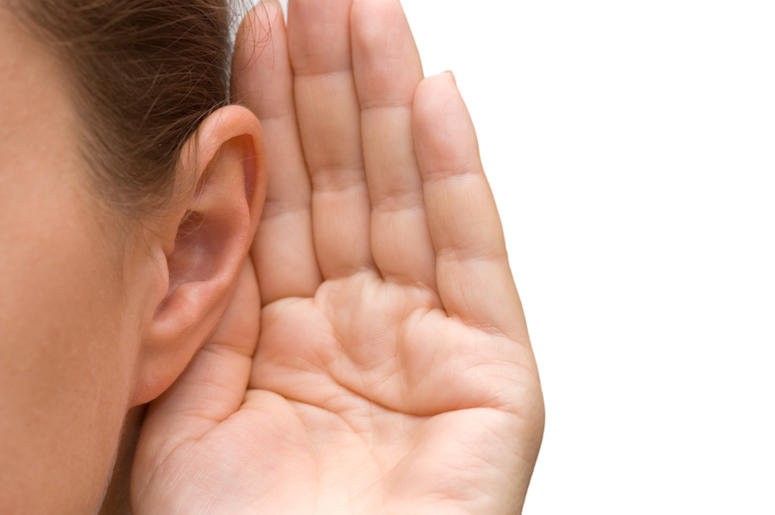
A team of researchers have found a new method to fix cells inside the ear, which could help millions of people who suffer from hearing loss.The study conducted by researchers at University of Southern California (USC) in the US demonstrates a novel way for a drug to zero in on damaged nerves and cells deep inside the ear.
Researchers said, the new method is a potential remedy for a problem that afflicts two-thirds of people over 70 years and 17 per cent of all adults in the US.
Charles E McKenna, a professor at USC , said "What is new here is we figured out how to deliver a drug into the inner ear so it actually stays put and does what it is supposed to do, and that is novel."
"Inside this part of the ear, there is fluid constantly flowing that would sweep dissolved drugs away, but our new approach addresses that problem," said McKenna, lead author of the study.
He said,"This is a first for hearing loss and the ear. It is also important because it may be adaptable for other drugs that need to be applied within the inner ear."
The research was conducted on animal tissues in a petri dish. It has not yet been tested in living animals or humans.
Yet, the researchers are hopeful given the similarities of cells and mechanisms involved. McKenna said since the technique works in the laboratory, the findings provide "strong preliminary evidence" it could work in living creatures. They are already planning the next phase involving animals and hearing loss.
The finding breaks new ground because researchers developed a novel drug-delivery method.
Specifically, it targets the cochlea, a snail-like structure in the inner ear where sensitive cells convey sound to the brain.
Hearing loss occurs due to ageing, working with noisy machines and too many loud concerts.
Over time, hair-like sensory cells and bundles of neurons that transmit their vibrations break down, as do ribbon-like synapses, which connect the cells.
The study was published in the journal Bioconjugate Chemistry.







